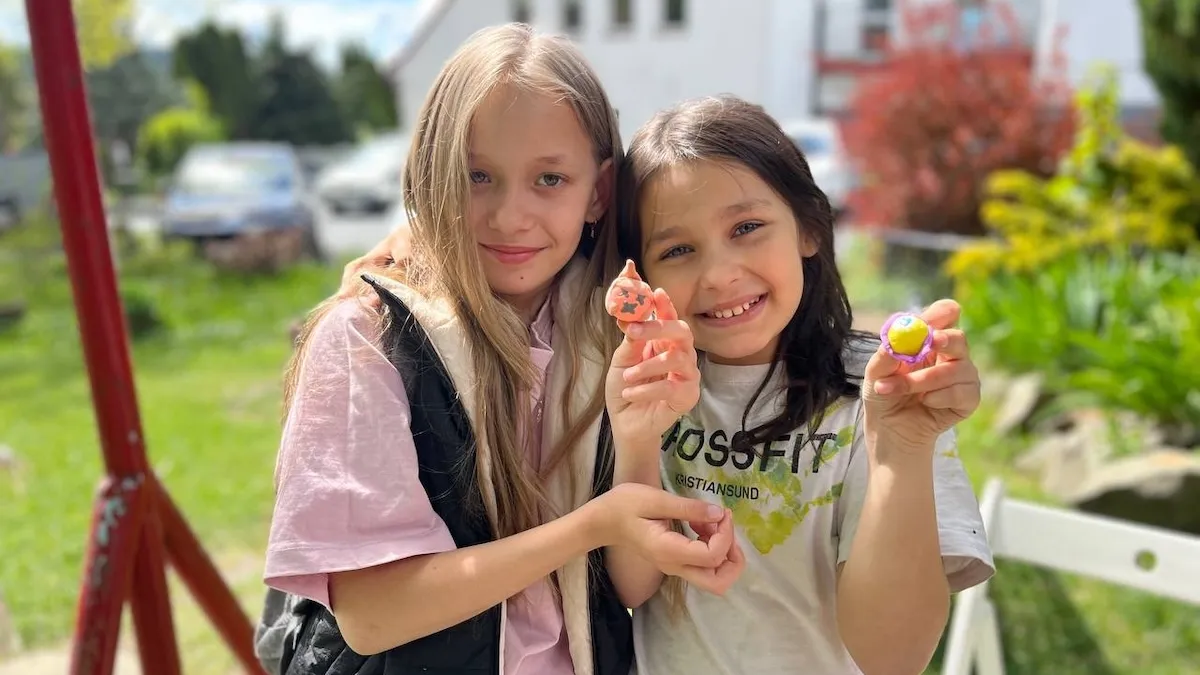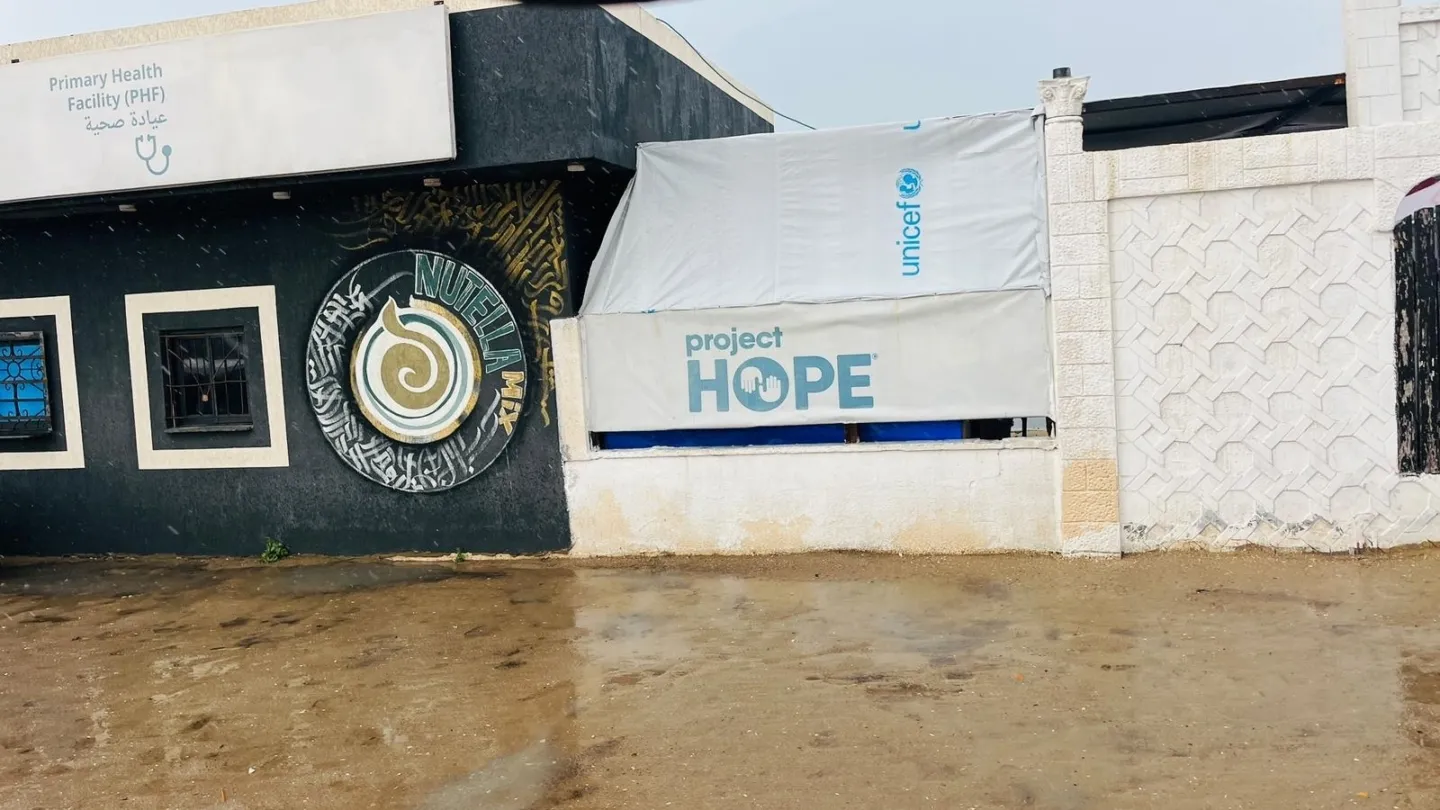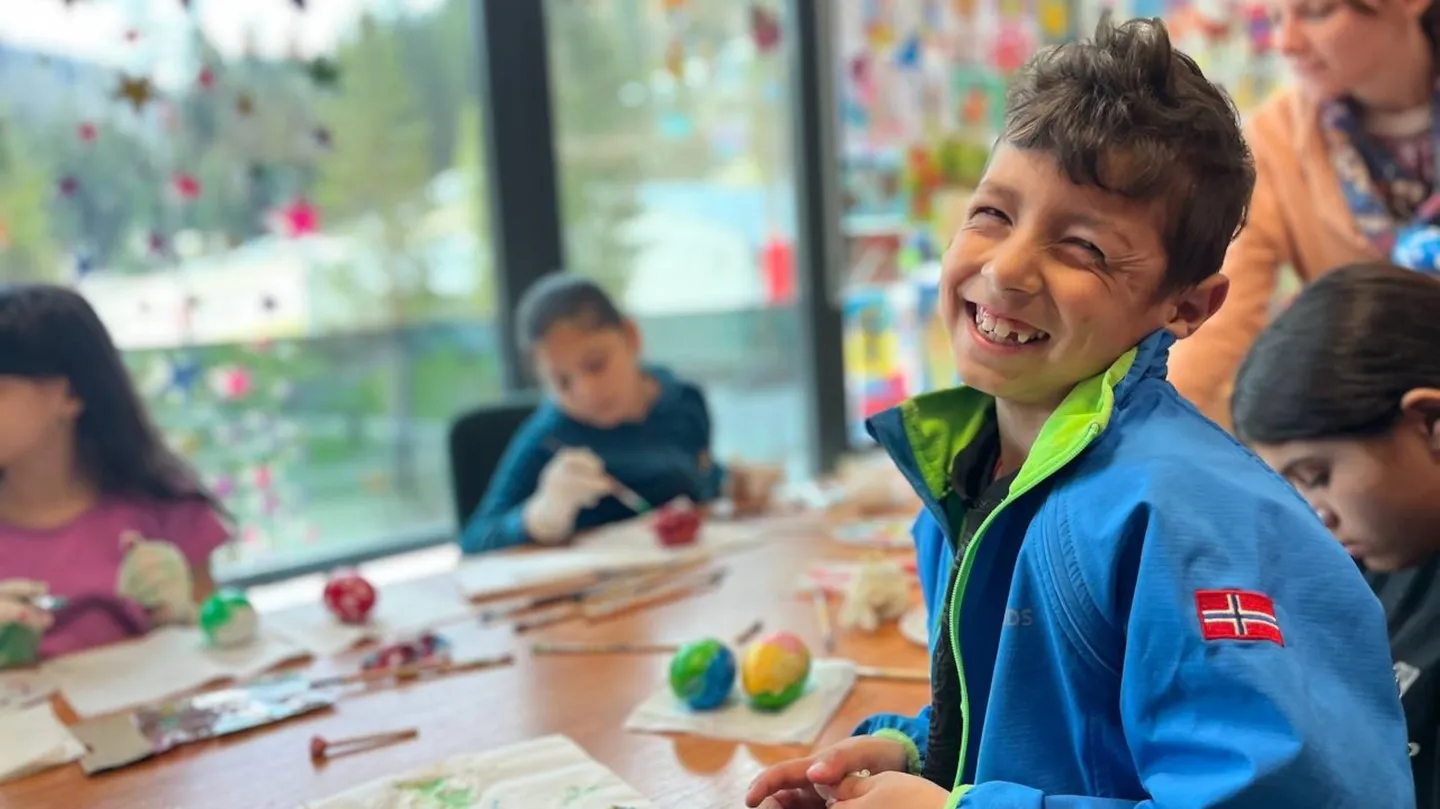A World Without Humanitarian Aid
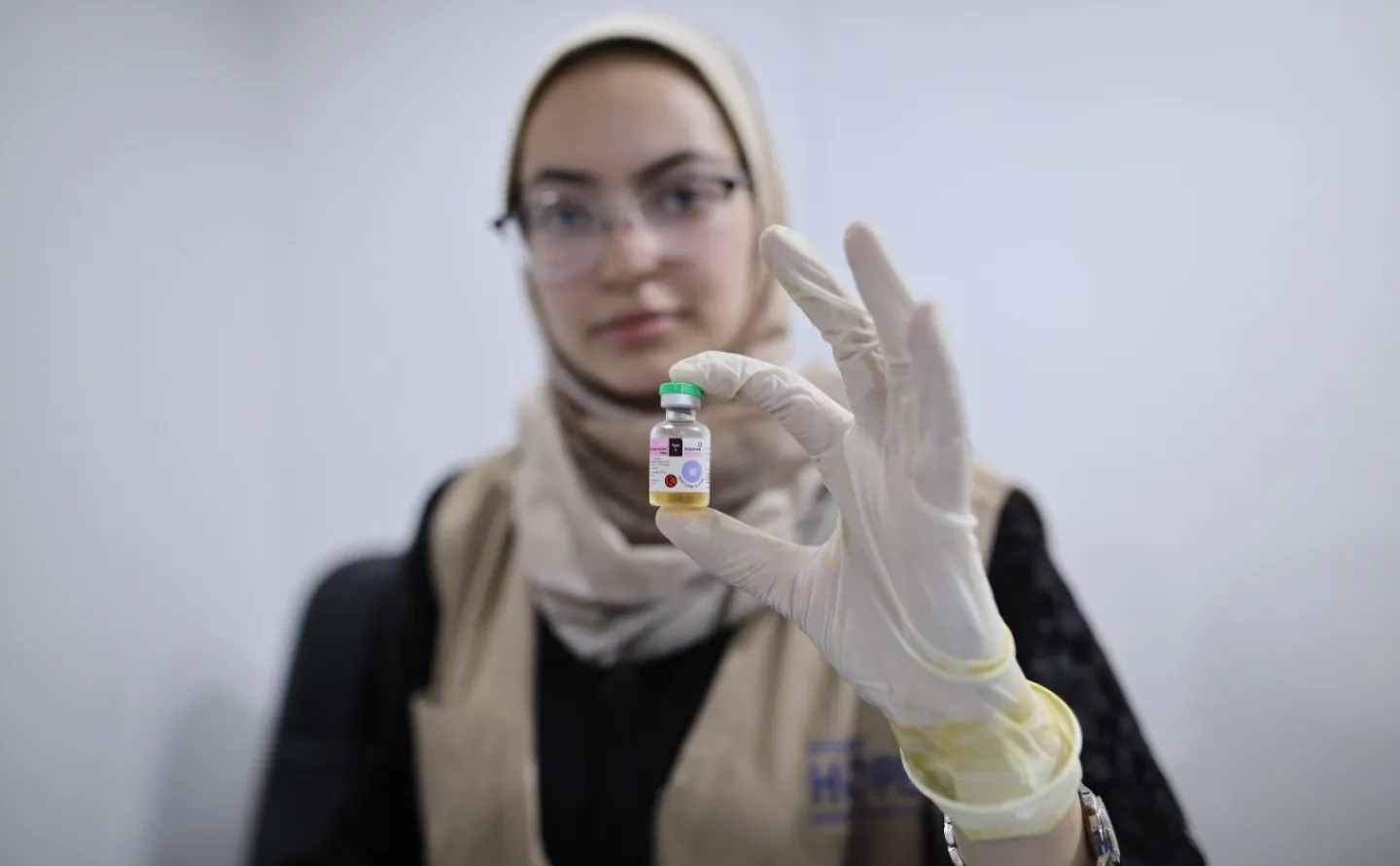
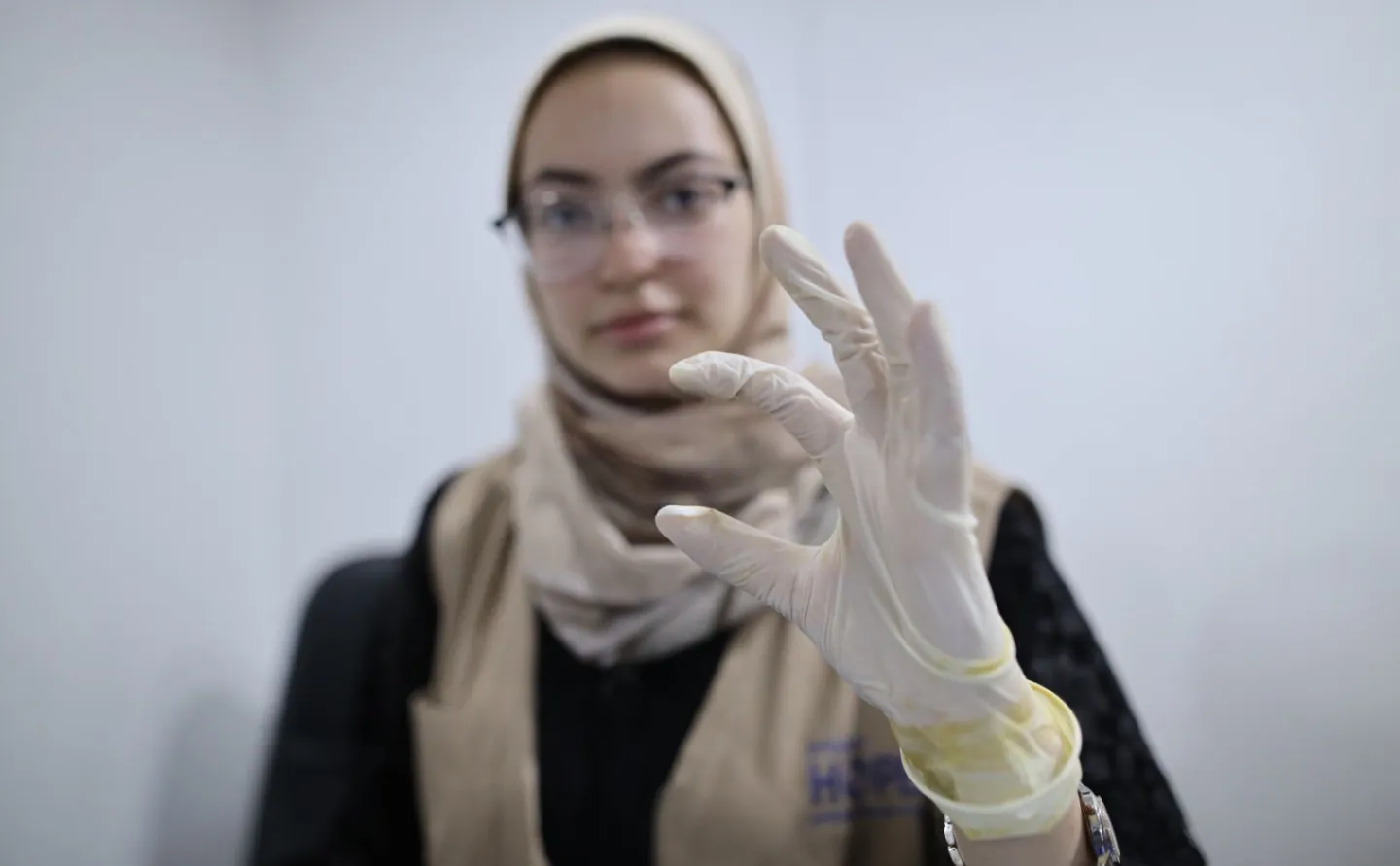
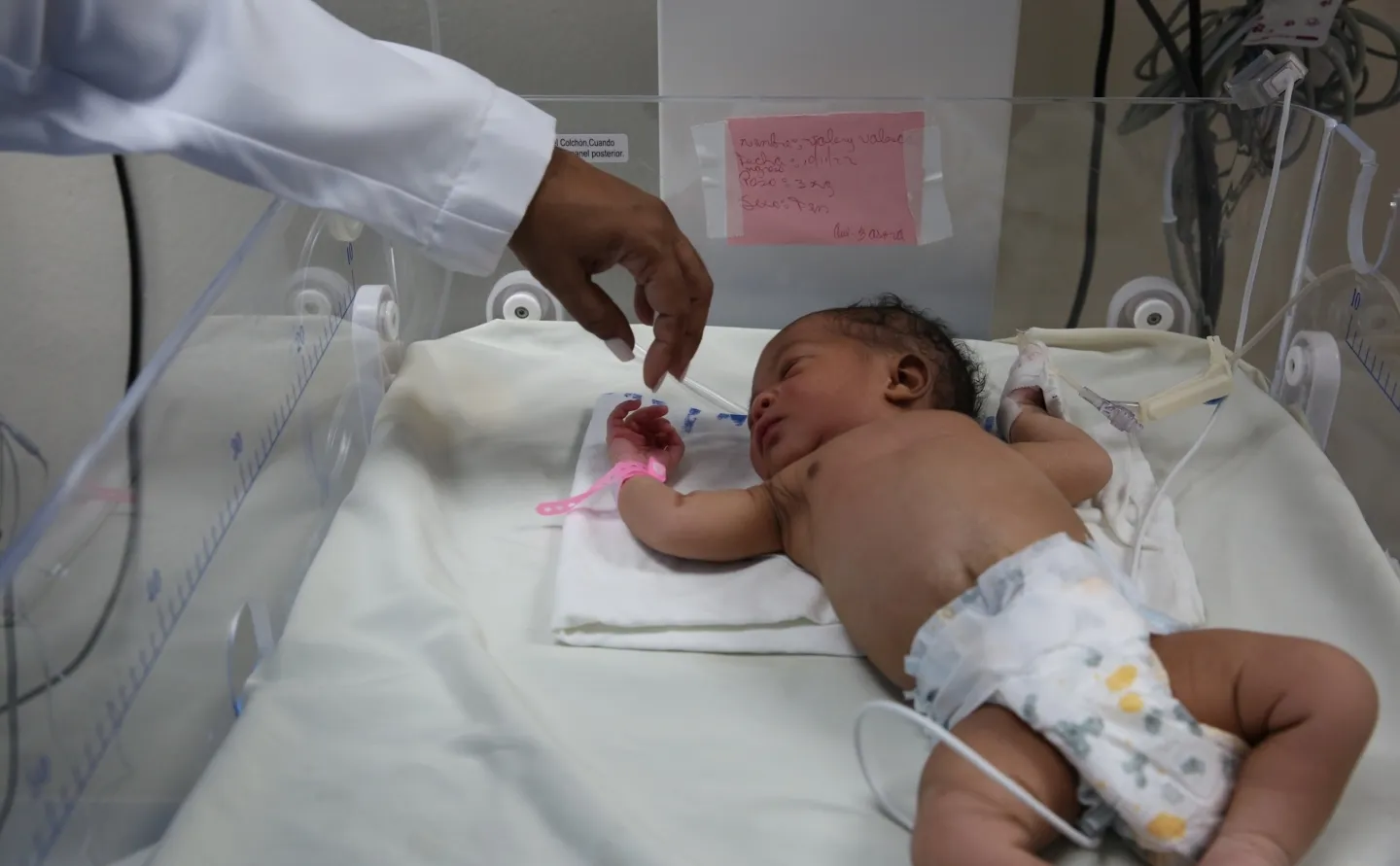
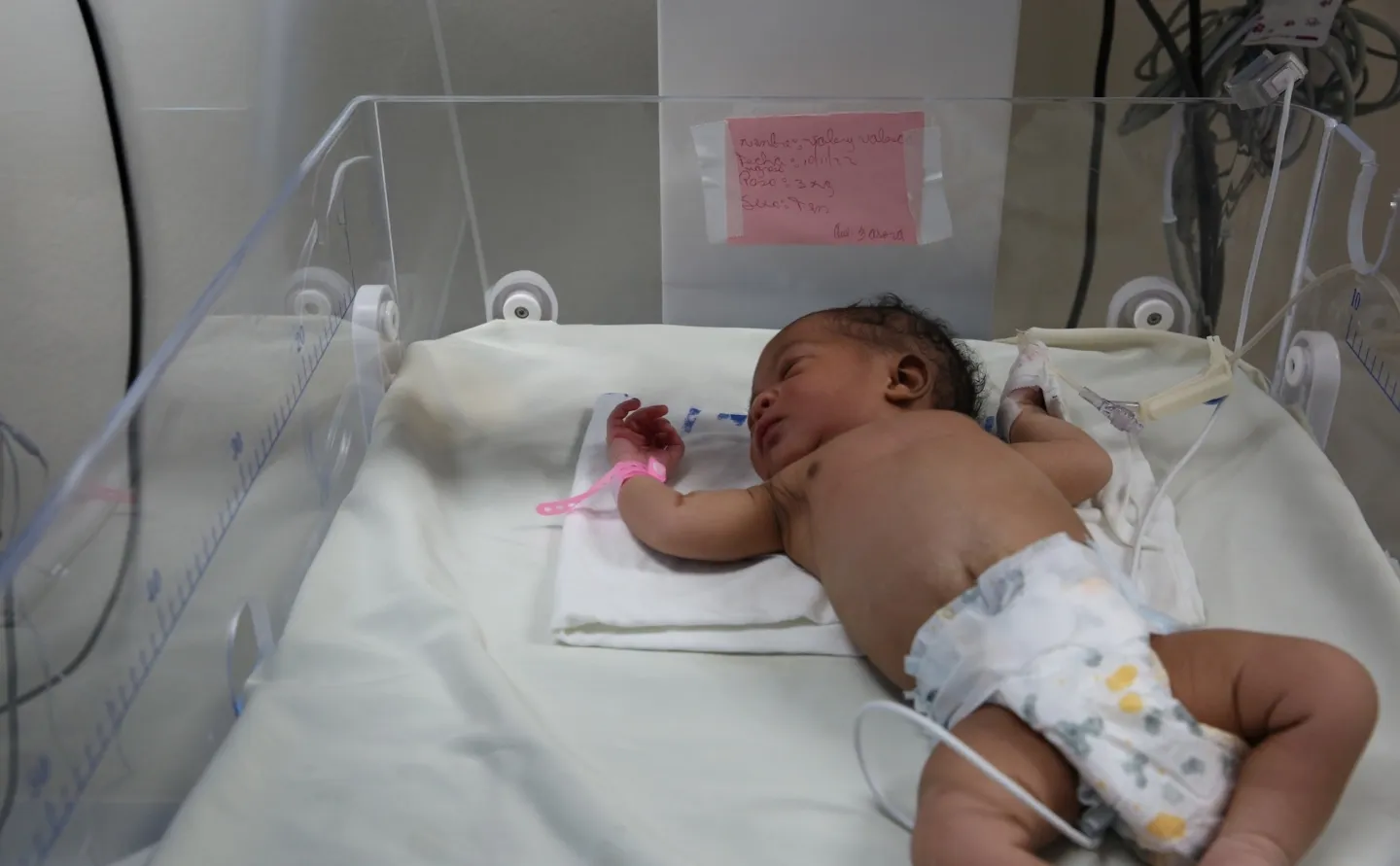
The polio vaccine a child desperately needs…
Vanishes.
The support a newborn needs to survive…
Disappears.
This is a world without humanitarian aid.
A world where one child survives, and another does not.
Where the place you were born dictates whether you get to eat.
Where your choice is to drink unclean water, or nothing.
And what are the costs?

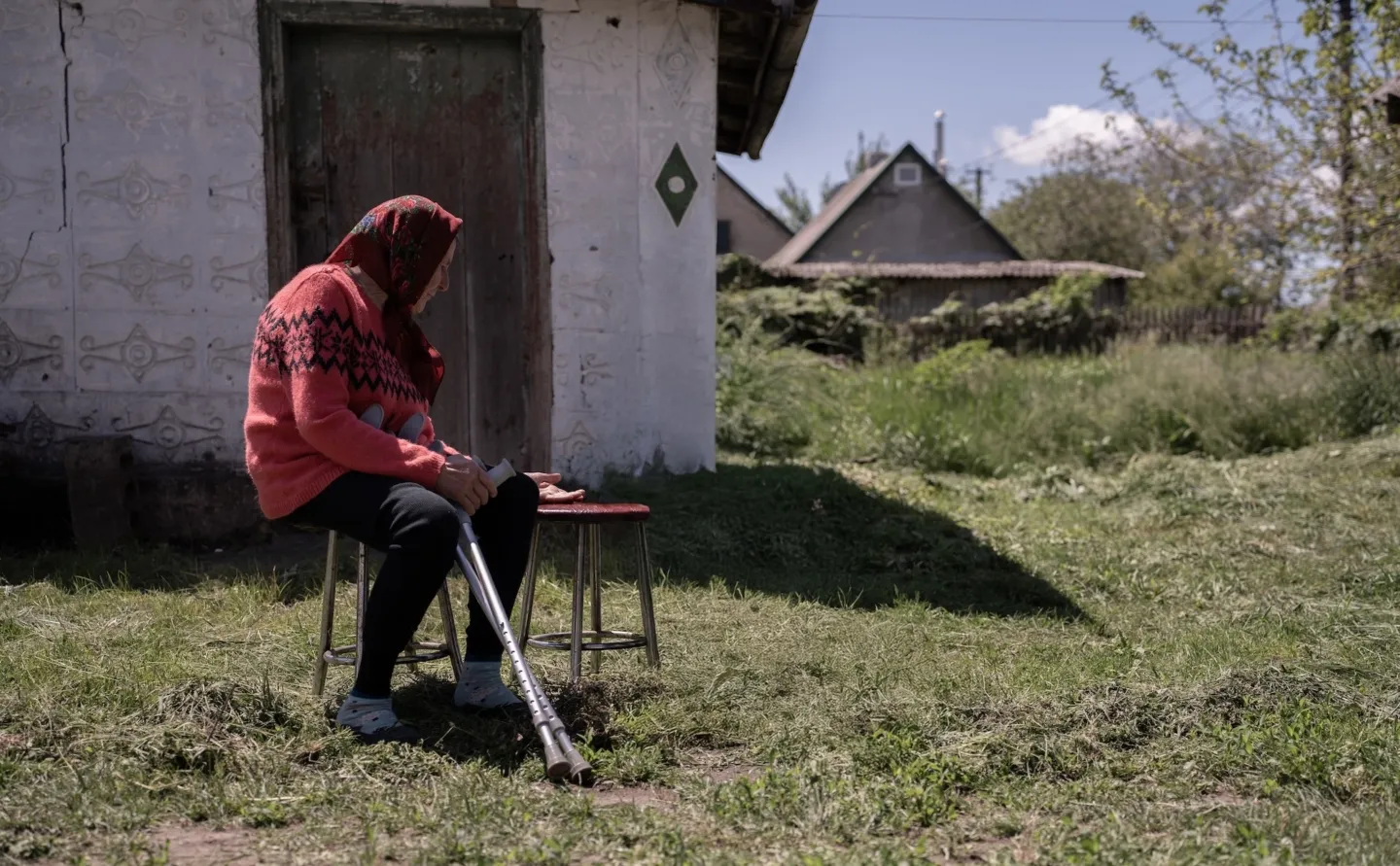
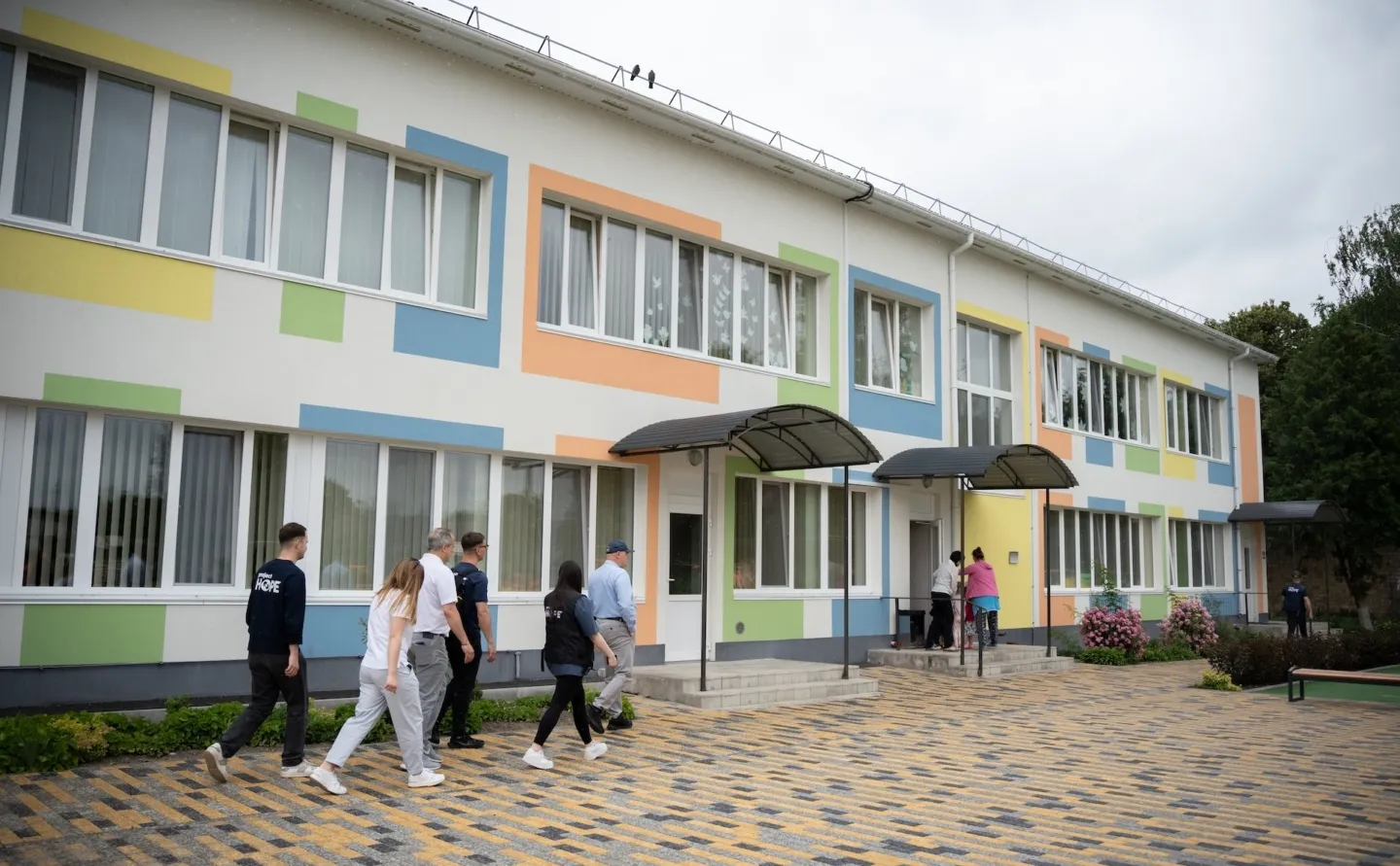
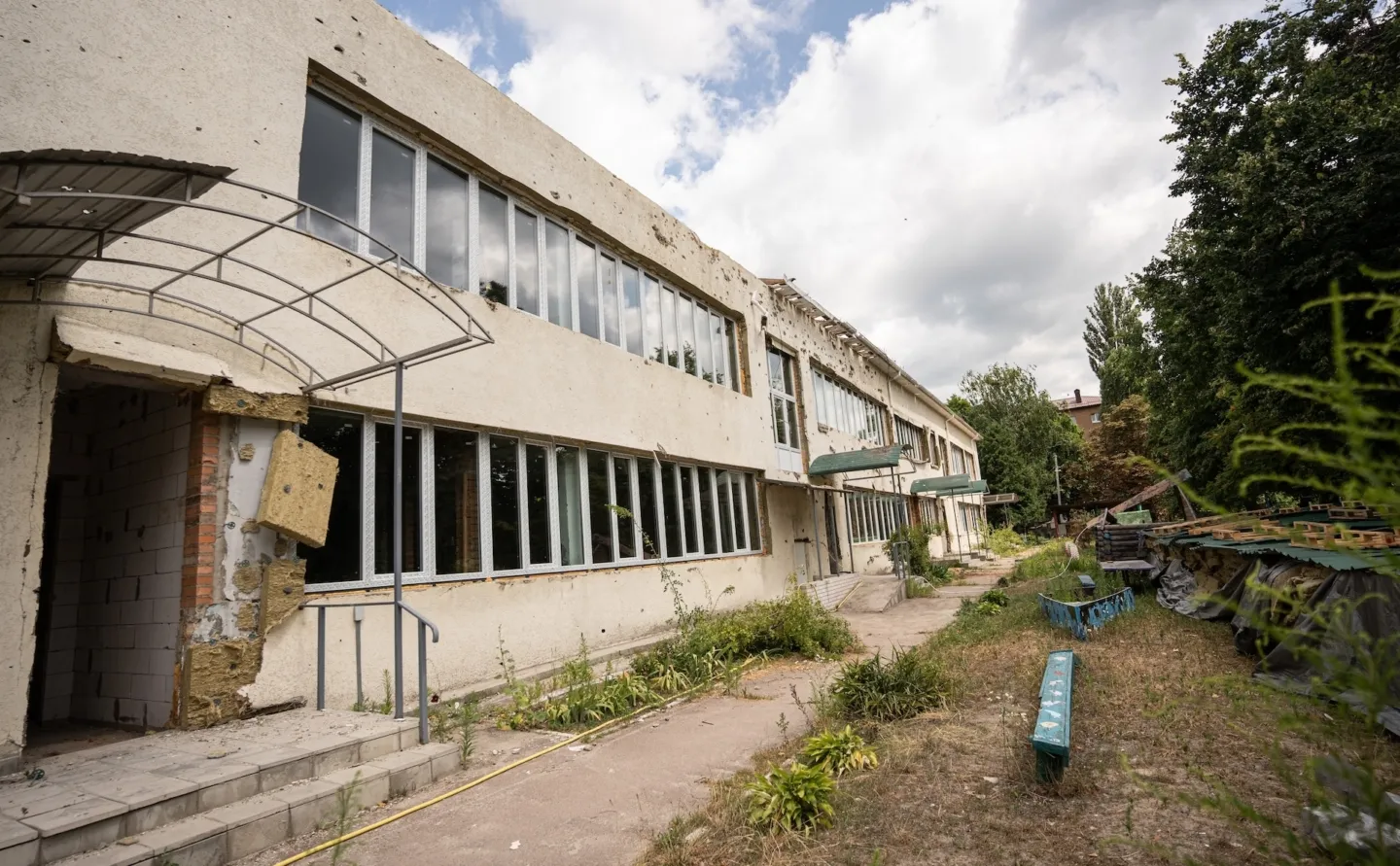
A mobile medical unit during wartime…
Never comes.
A safe space for children…
Is shattered.
A world without humanitarian aid is an unequal world.
It’s a world where we have the means to end suffering but choose not to use them.
Where war, drought, and famine are not worth intervening.
And those forced to suffer them are left on their own.
It’s a world where a delivery room is a luxury, a doctor is a privilege, and medicine is a memory.
Marisa* lived in that world.

She and her five children spent two years walking from Venezuela to Ecuador, escaping hunger and violence.
They had no support, no security, and no relief.
Desperate, they sought work in Ecuador and were held against their will in a forced labor camp. They escaped with nothing but each other.
They made it to the Colombia border. There, they found a different world.
Project HOPE had a medical team waiting.
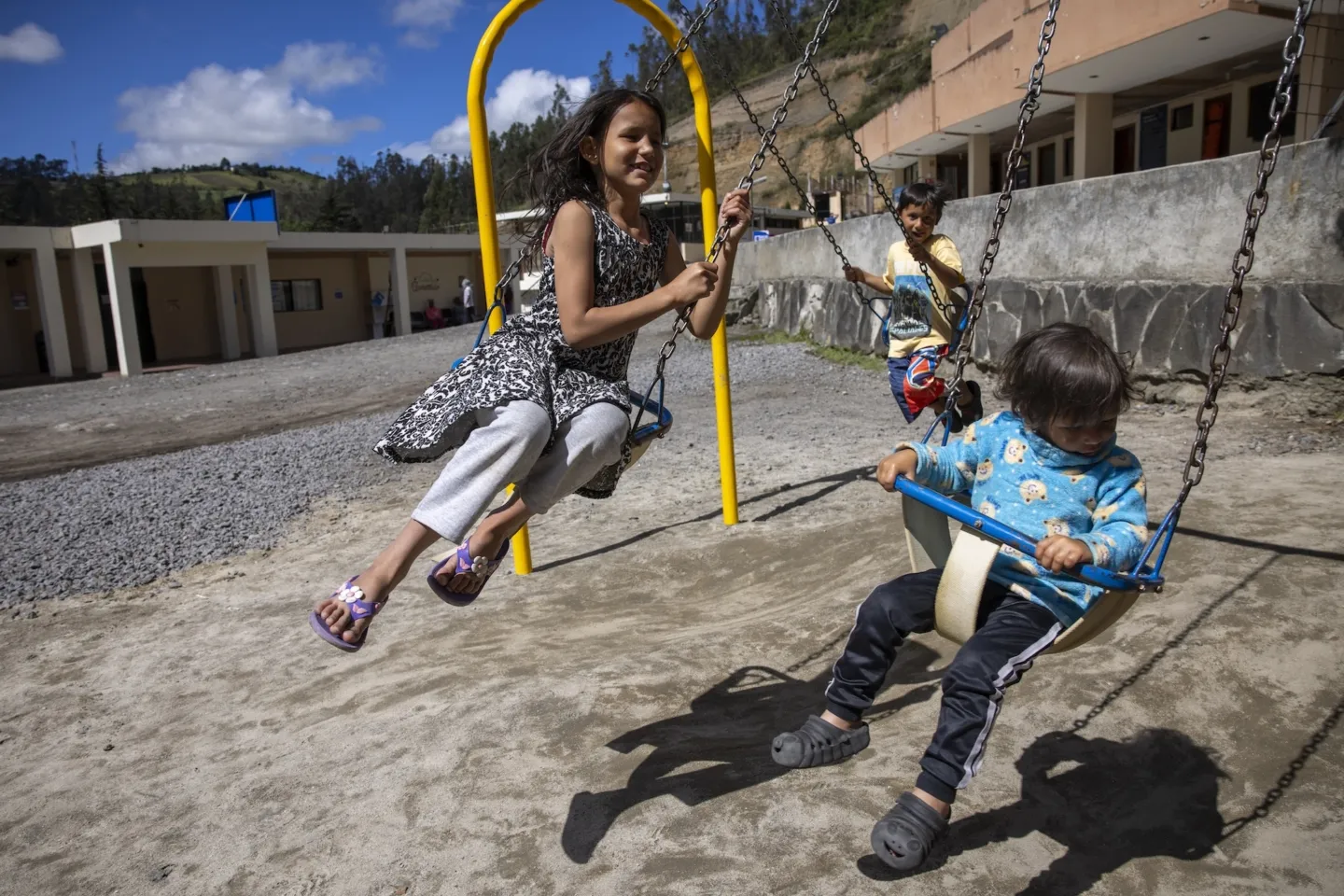
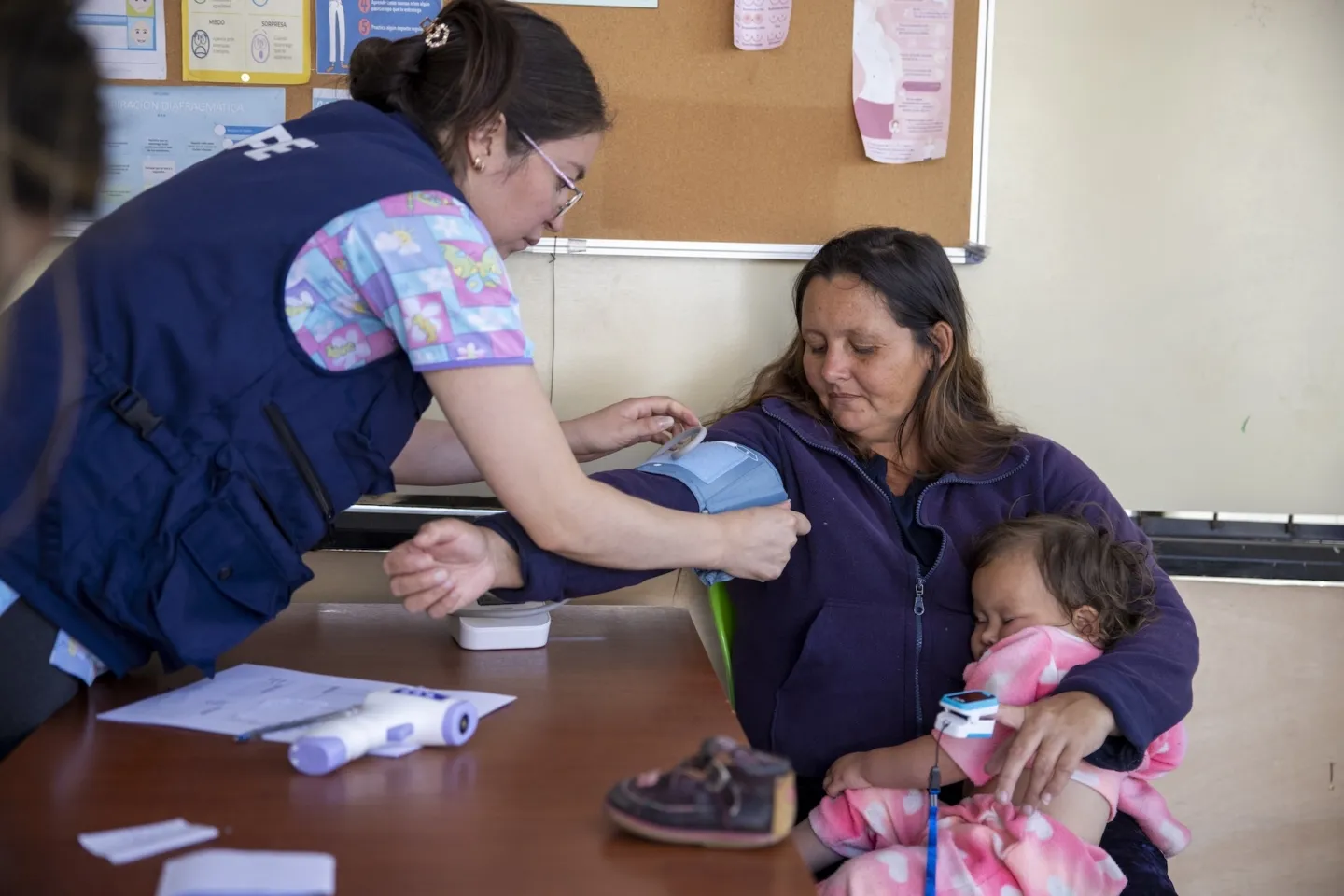
A world without humanitarian aid says that women like Marisa are on their own — that they don’t deserve the same right to care, shelter, food, and safety.
But it’s not a world we have to accept. Because a world with humanitarian aid says that she, her children, and the 300 million people around the world in need of humanitarian assistance are worth it: worth the less than 1% of the U.S. federal budget that goes toward foreign aid, and worth the benefits that investment returns.
The Cost of Cuts
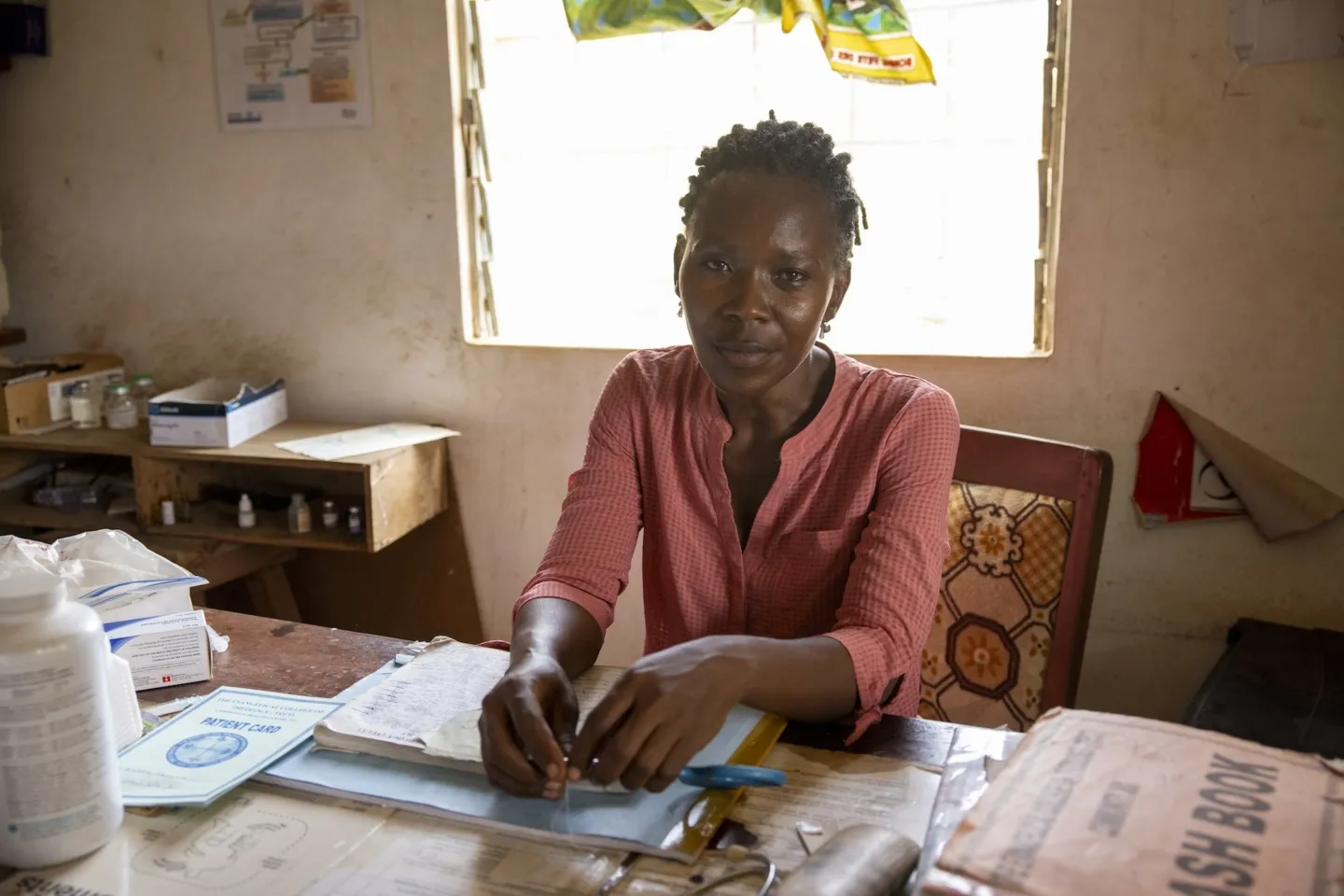
What would happen if humanitarian aid disappeared?
People in need would be left on their own — starting at the first day of life.
Babies born premature would not have incubators, resuscitators, infant warmers, or the midwives to operate them. Those born as early as Aisha, who weighed just three pounds, likely would not make it.
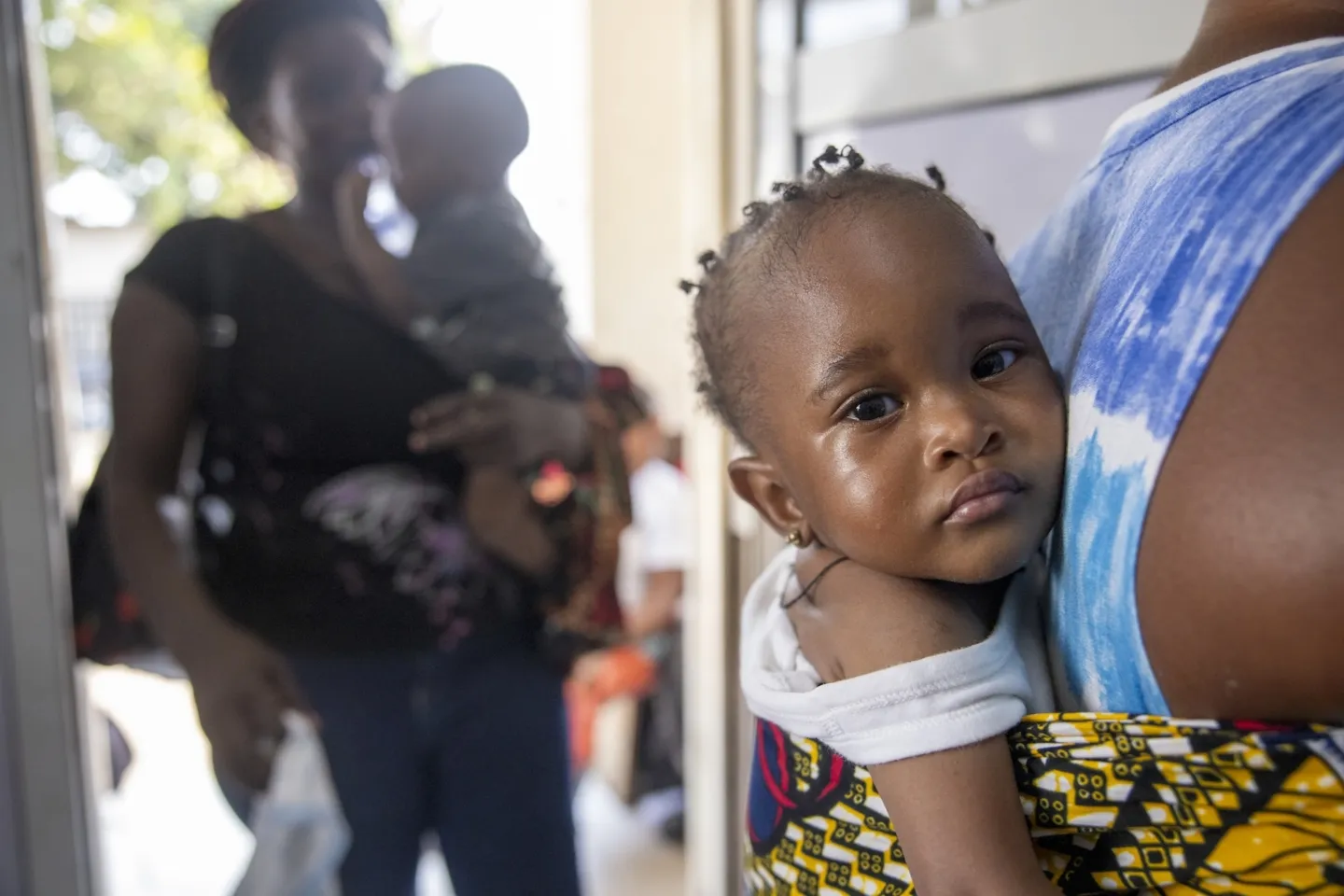
Children without food, like Sa’ad in Gaza, would not receive emergency nutrition. There would be no clinic for them to go to. No doctor could treat them. No medication could be given to them. They would be on their own, and like 3 million children around the world every year, they would be more likely to die of hunger.
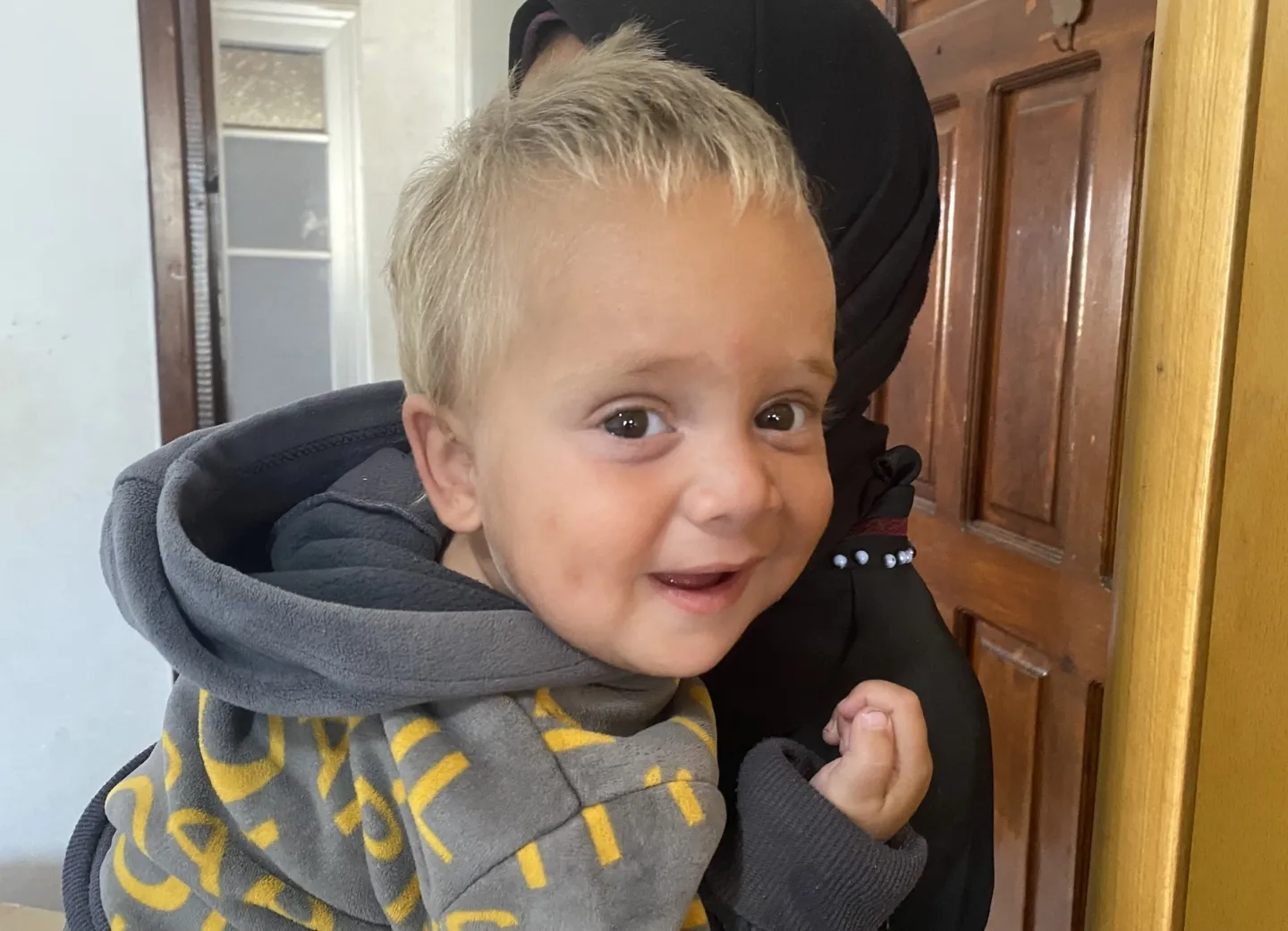
Girls living in crisis settings would be more vulnerable to gender-based violence. Those living in war zones, like Veronika in Ukraine, would have no safe space or mental health care. They would bear the burden alone.
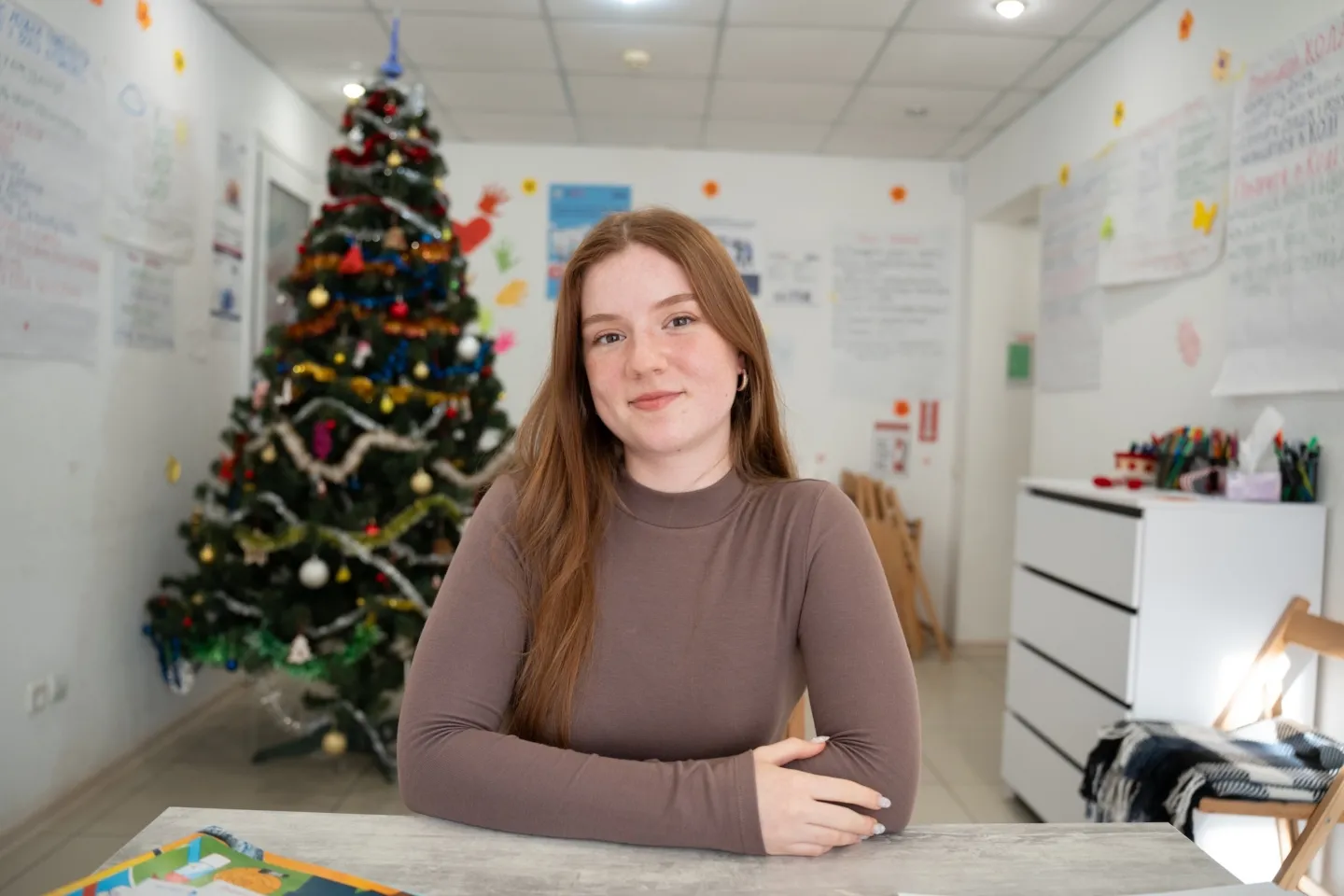
Emergency support would fall apart. When a natural disaster struck, help would not come. Mothers like Basak, who lived outside with her children for three weeks following an earthquake in Türkiye, would have no way to get medication or help.

Maternal care would suffer — before, during, and after delivery. Women in low-resource settings would be more likely to deliver their babies at home, alone. If routine complications turned into an emergency, there would be no help to come.

In a world without humanitarian aid, everyone suffers.
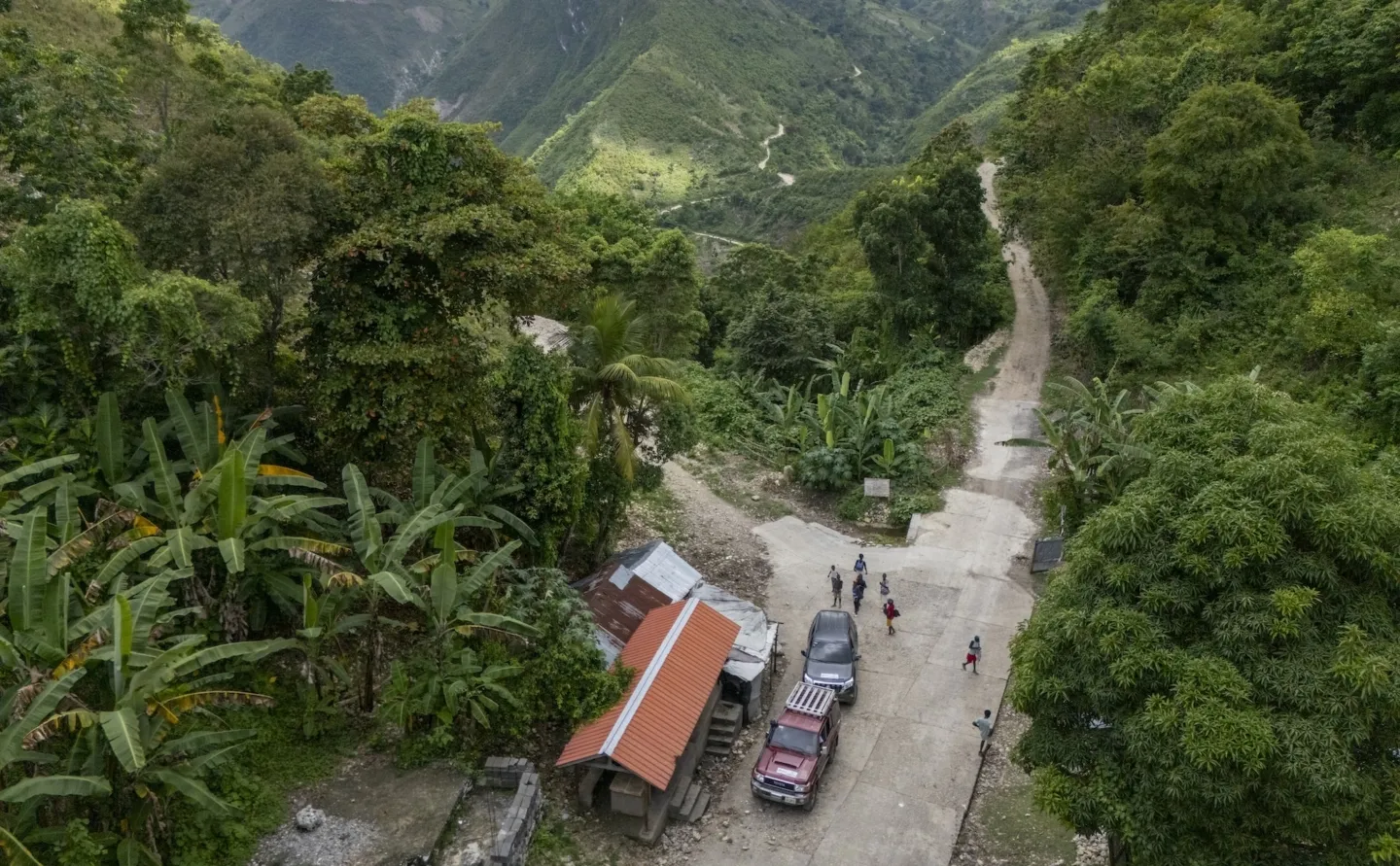
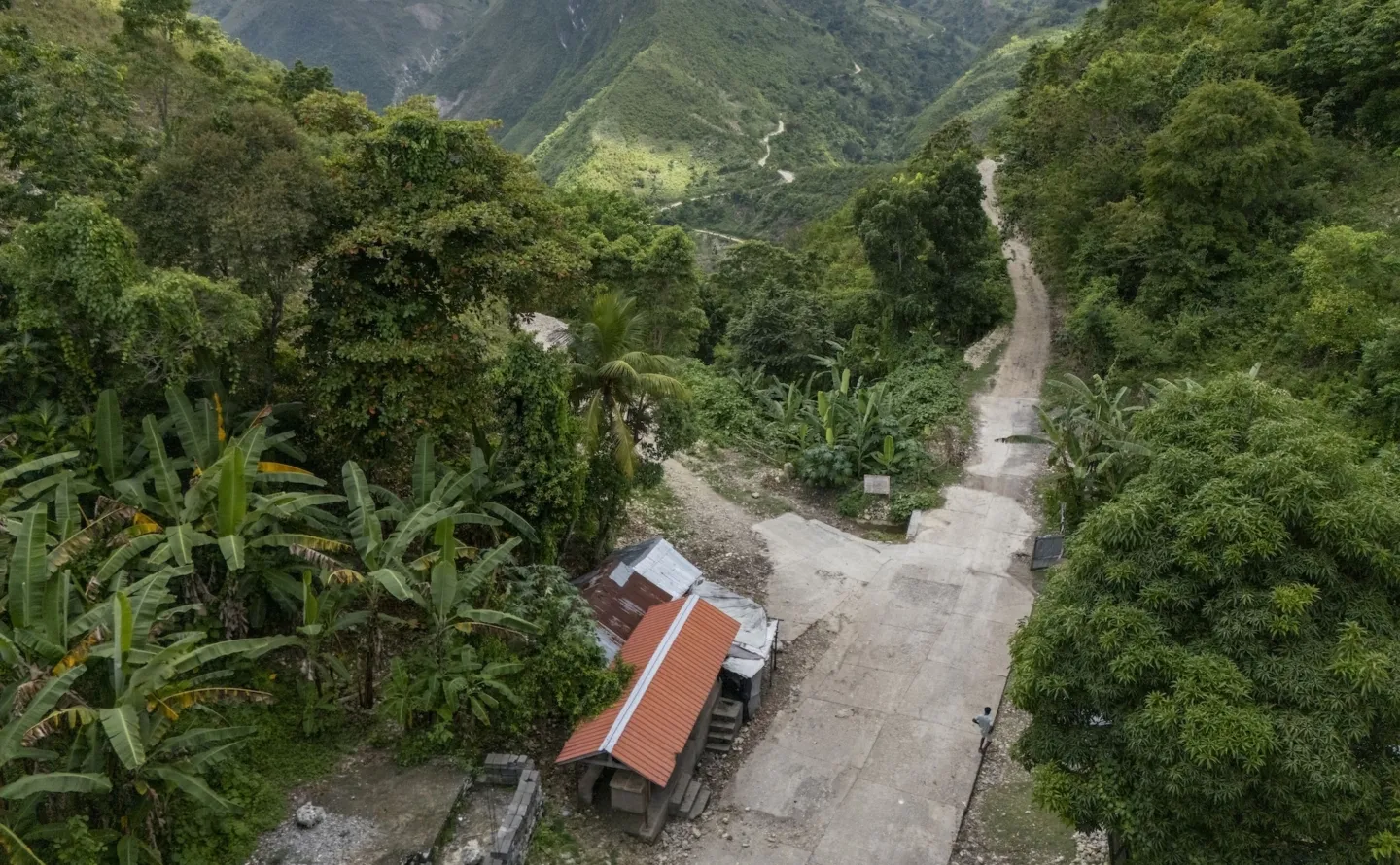


A rural community’s only chance at medical care…
Never arrives.
And hope for a survivor of gender-based violence…
Fades.
But a world that invests in humanitarian aid is a different path. In that world, everyone deserves the same chance to live a full, healthy life.
In that world, all of us are stronger.
Health is a human right. You can help protect it.
Here are some actions you can take today:
1. Join the HOPE Action Network. The HOPE Action Network is a centralized hub for advocacy that is built to mobilize support for lifesaving global health programs. Sign up now.
2. Sign our pledge to support health workers. Add your voice to protect health workers’ safety, call for increased investments, champion fair compensation, and advocate for more training and incentives. Click here.
3. Send a message of hope. Your encouragement can mean so much to the local health workers who are facing dangerous conditions in Gaza, Ukraine, Sudan, Haiti and other communities in crisis. Send your message today.
4. Fundraise for Project HOPE. There are many ways to raise funds for Project HOPE. Learn more and start your fundraiser today.
5. Make a gift. There are many ways to support Project HOPE’s work. Make your gift today.
* Name has been changed.
Photos have been edited for illustrative purposes. Photos by Motaz Alaaraj, Marie Arago, James Buck, Nikita Hlazyrin, Stanislav Vierbii, and Project HOPE staff.

